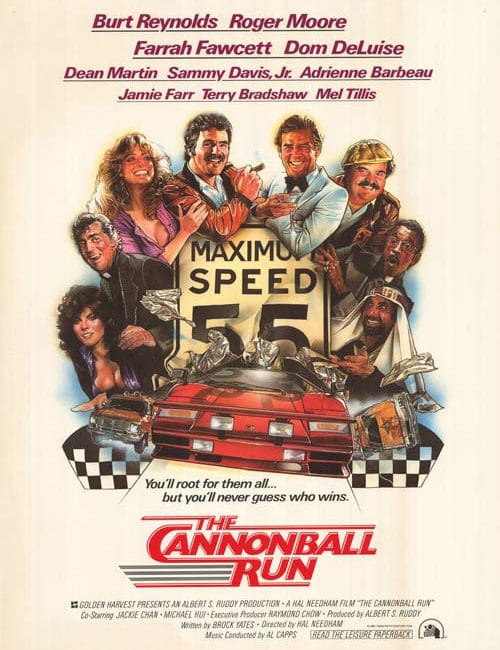
Backtrack: Speed King
In 1947, the fledgling National Association for Stock Car Auto Racing was looking for a leader with pizzazz—someone who would draw crowds to its very first races. They found that person, Erwin Baker, in a red-brick bungalow not far from Garfield Park on the south side of Indianapolis. Although he’d slowed down a bit over the years, Baker, known far and wide as Cannon Ball, was just the man for the job. His accomplishments and zany antics—breaking one world record after another as he criss-crossed the country countless times on motorcycles and in stock cars, outfoxing or outrunning any hustling county sheriff who tried to catch him—had won him coast-to-coast news coverage and fame for nearly 40 years.
Born in 1882 near Crawfordsville, Baker was 11 when his family moved to Indianapolis. Legend has it he worked as an acrobat in vaudeville for a while. He bought an Indian-brand motorcycle and drove in his first race in Crawfordsville when he was 26. A year later, in 1909, Baker won the Indianapolis Motor Speedway’s first-ever race on the track, a motorcycle competition. Soon he’d earned his nickname, reportedly after the record-setting, cross-country Cannonball Express train; Baker, the savvy vaudevillian, split the first name into two and trademarked it.
During his marathon speedfests, Baker had an unorthodox method of staying alert: On a cross-country drive from Los Angeles to Syracuse, New York, in 1929—with a record-setting travel time of 69 hours and 31 minutes—he drank a quart of olive oil and downed bags of peanuts, according to the Star-Gazette of Elmira, New York.
That same year, Baker raced the 20th Century Limited, at the time the world’s most famous train, on its express route between New York and Chicago. Passengers on the train enjoyed a luxury trip with a full meal and martinis in the dining car. Baker rode a motorcycle. For 15 hours. And beat the Limited by an hour and 30 minutes.
In part, Baker credited his success to preparation and an intimate knowledge of America’s highways. Before attempting a run, he told the Star-
Gazette in 1929, he’d go over the route in his mind, chalking up every twist and turn. “Even the long stretches across the continent are just as fresh in my mind as if they were in my own back yard,” he said.
By the time NASCAR came calling, it had been six years since Baker’s last cross-country trip. Life on the south side was quiet, and he was ready for some action. He took the helm of the new group, steering it to early and lasting success, and served as commissioner right up until he died in 1960 and was buried in Crown Hill Cemetery.





